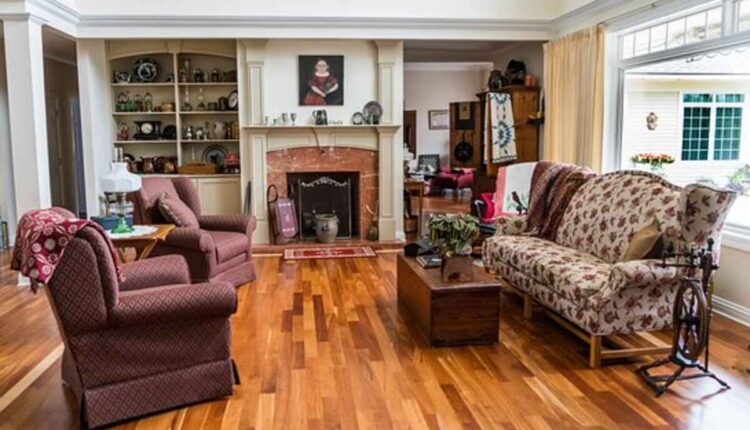Zen Interior Design
Zen interior design is a style that draws inspiration from nature. This style favors earthy and warm colors. The color scheme should be neutral and cohesive, with no one color dominating the room. You can combine two accent colors with a dominant hue to create a serene atmosphere. Pale blue, gray, and off-white are ideal accent tones for zen rooms. While the idea is to create an environment that is calming and relaxing, it doesn’t mean that you have to copy another person’s design.
Natural colors
Natural colors are an important part of zen interior design, and they are a great way to create a relaxing atmosphere. Since the zen style emphasizes a connection to nature, it is ideal to use natural fabrics for upholstery and window treatments. These fabrics are also easier to care for and are more comfortable than synthetic ones. In addition, you should steer clear of scratchy rugs and opt for luxuriously soft ones.
Natural colors include beige, gray, white, and soft shades of any other color. If you want a little more flair, you can add brighter colors to your room. For example, a pink orchid can make your room feel more colorful without overpowering the room. Adding plants can help complement the minimalist look of zen interior design.
Simple clear lines
Zen interior design focuses on clean, simple lines. This style is perfect for those who want to create a peaceful environment in their home. It also favors natural materials and avoids patterns. Generally, walls are kept simple and devoid of any type of artwork or photos. In addition, you should use natural light whenever possible.
Zen design is simple, yet elegant. Instead of using complex details, it uses simple lines, natural materials, and patterns to create an air of balance, harmony, and warmth. It also makes use of natural materials, earth tones, and traditional Japanese accents.
Plants
Incorporating nature into your home is an important aspect of Zen interior design. It is believed by the Japanese that nature can bring peace, and incorporating it into your home will help you achieve a more relaxed and tranquil atmosphere. This style is characterized by a minimalist approach and natural materials, such as stone tile floors and bamboo curtains. The look can also be carried out with modern furnishings such as multi-shelf wall decor and floor cushions.
Plants are considered an important element of zen interior design for a variety of reasons. They provide visual interest, add oxygen through photosynthesis, and bring a sense of peace and tranquility to a space. Bamboo, cypress, and snake grass are examples of low-maintenance indoor plants that look great in zen spaces. Living bamboo and bonsai trees are also a nice option. In addition to providing a natural touch to a zen room, plants are also beneficial to your health.
Minimalist design
Zen is an intensely personal philosophy that elevates simplicity to an art form. This style emphasizes natural beauty, healthy lighting, and the use of organic and environmentally friendly materials. The idea is to remove all but the essential elements from a room and create an environment that is quiet and serene. The minimalist aesthetic also embraces the concept of Wabi Sabi, the term used to describe the beauty of objects that have aged and have become worn down.
The aesthetics of Zen Buddhism are still prevalent in modern Japanese architecture. Many of the buildings in Japan are composed of uninterrupted planes of soft colors. This creates a sense of space that expands the eye across the entire structure. The idea behind this type of interior design is to create space for happiness and unlimited potential. Architects who follow this concept use open, simple spaces and sparse materials to communicate the feeling of oneness.
Natural materials
Natural materials are an important part of Asian Zen interior design, promoting a sense of lightness and relief. These materials can be used to create comfortable furniture, curtains, and even carpets. Plants are another important element of Zen interior design, lending a feeling of nature to the room. They also add color and texture to the furnishings.
Japanese zen design uses natural materials to create a tranquil and serene environment. The Japanese believe that the world is a place of peace and harmony, so it is important to bring this aspect of nature into your home. Wooden furniture, bamboo curtains, and stone floors are all excellent choices for this style.
Flexibility
In zen interior design, flexibility is a key concept. In contrast to contemporary design, which plays with the lighting of a room, zen design favors dim lighting. It is best to use natural light and indirect lighting instead of overhead lights. The subtle colours of a room can be revealed through these types of lights.
In a room with a Zen-inspired design, neutral colors and natural textures dominate the space. Avoid intricate patterns and heavy materials. Opt for lightweight, comfortable fabrics and avoid scratchy rugs. The colors should be calming and soothing to the eye. The furniture should also integrate with the overall theme of the room. For example, a cotton bedspread in a neutral color may feature a bamboo motif.

